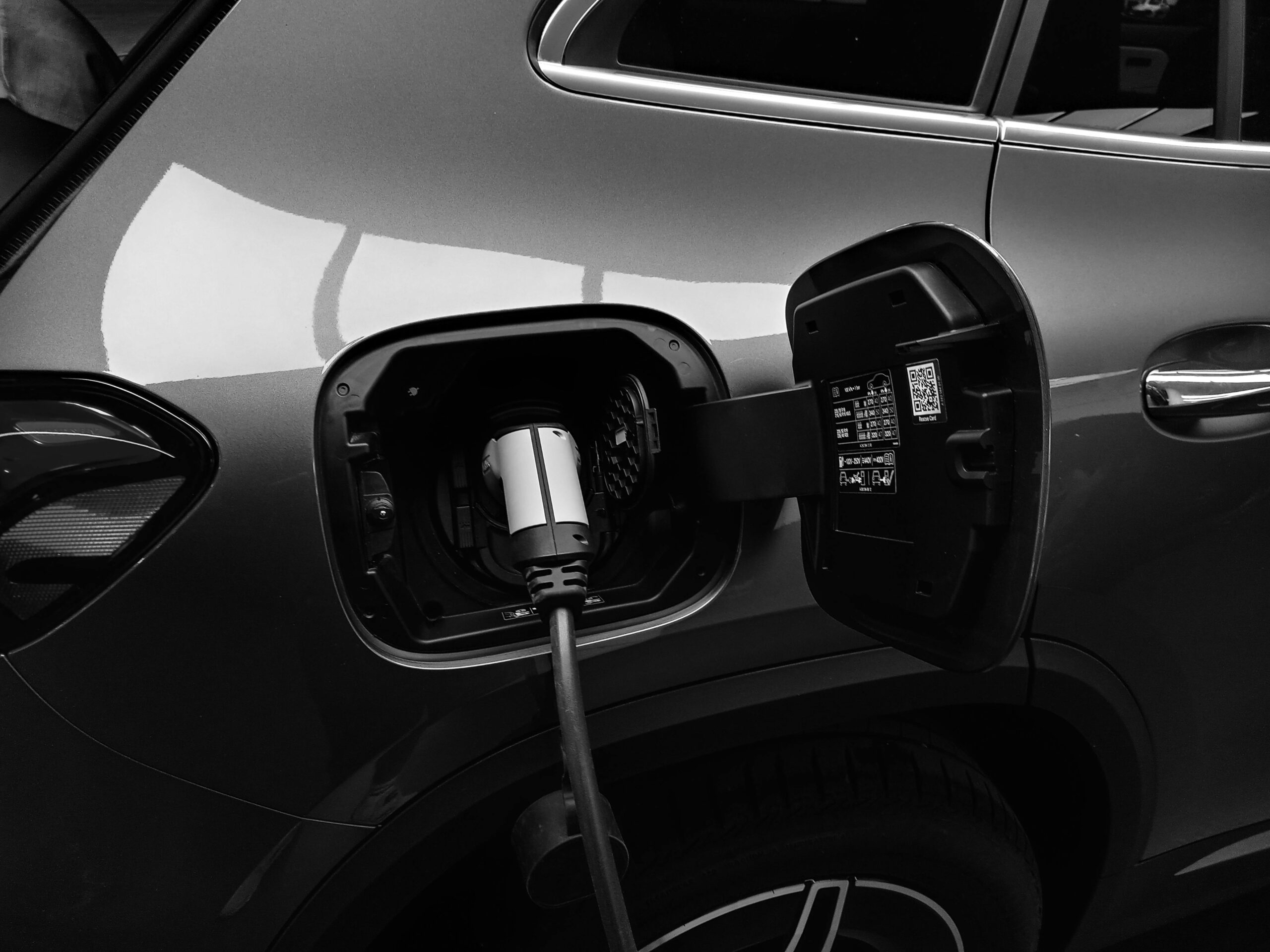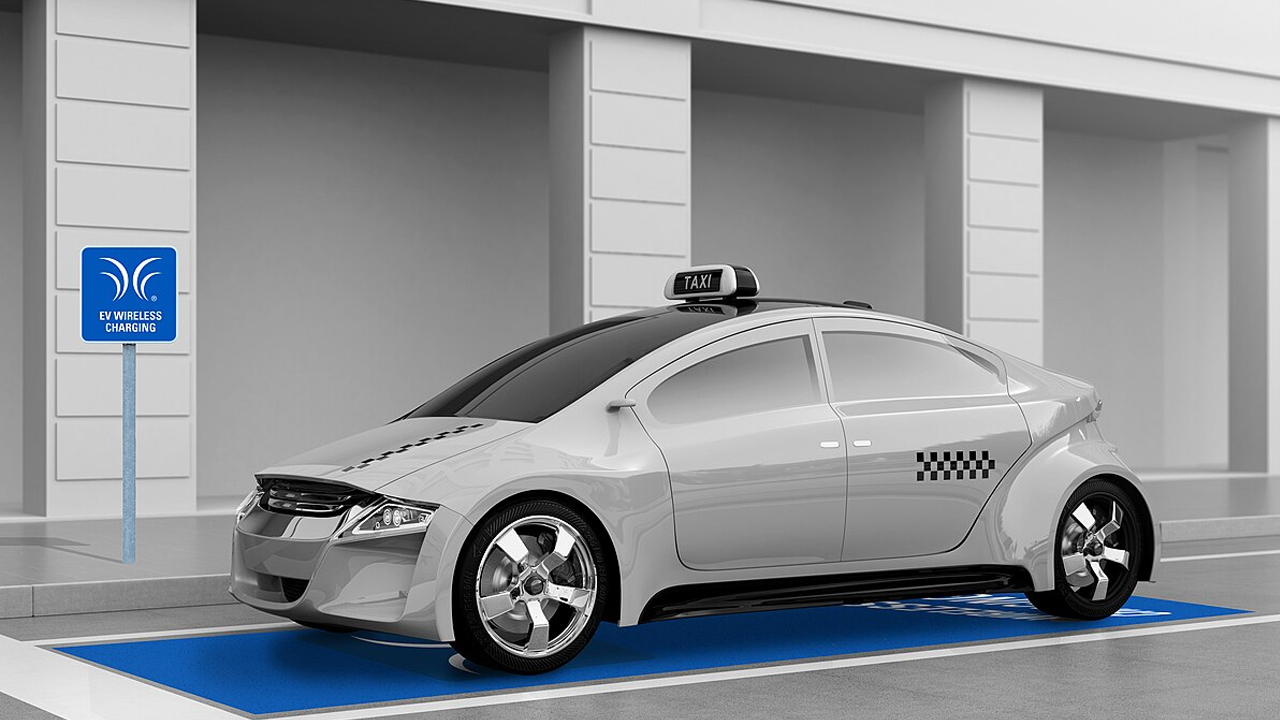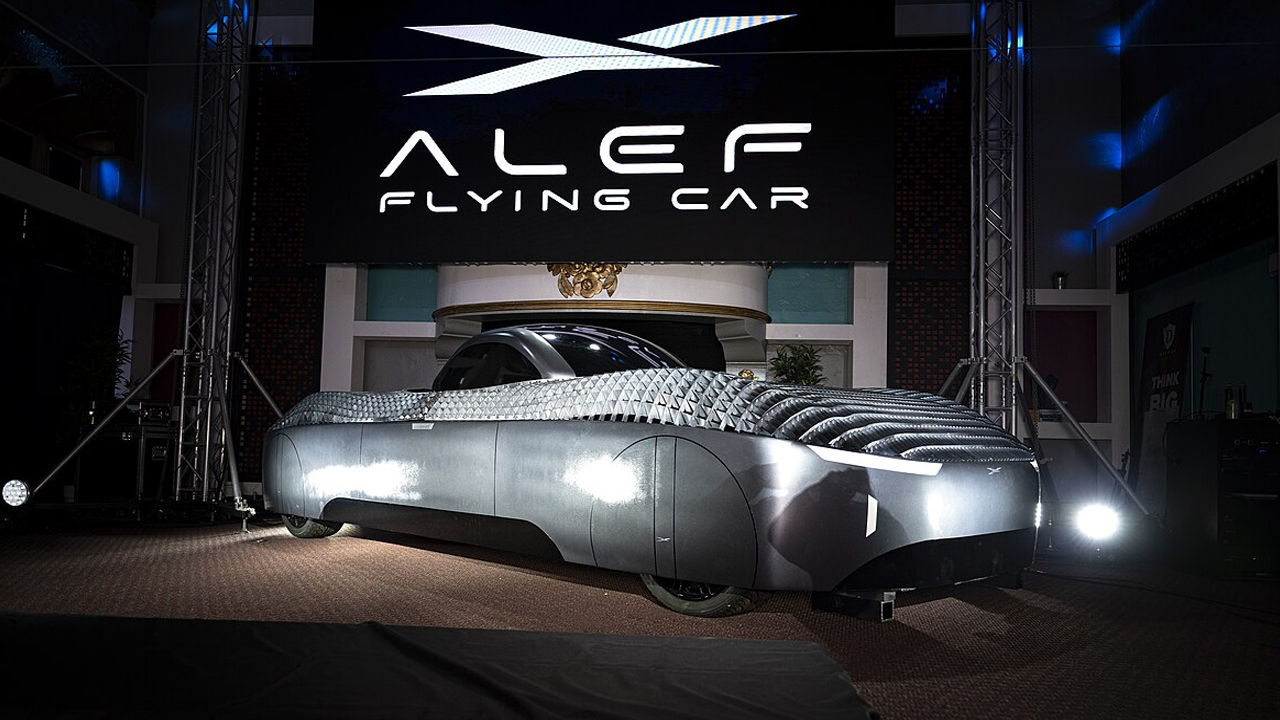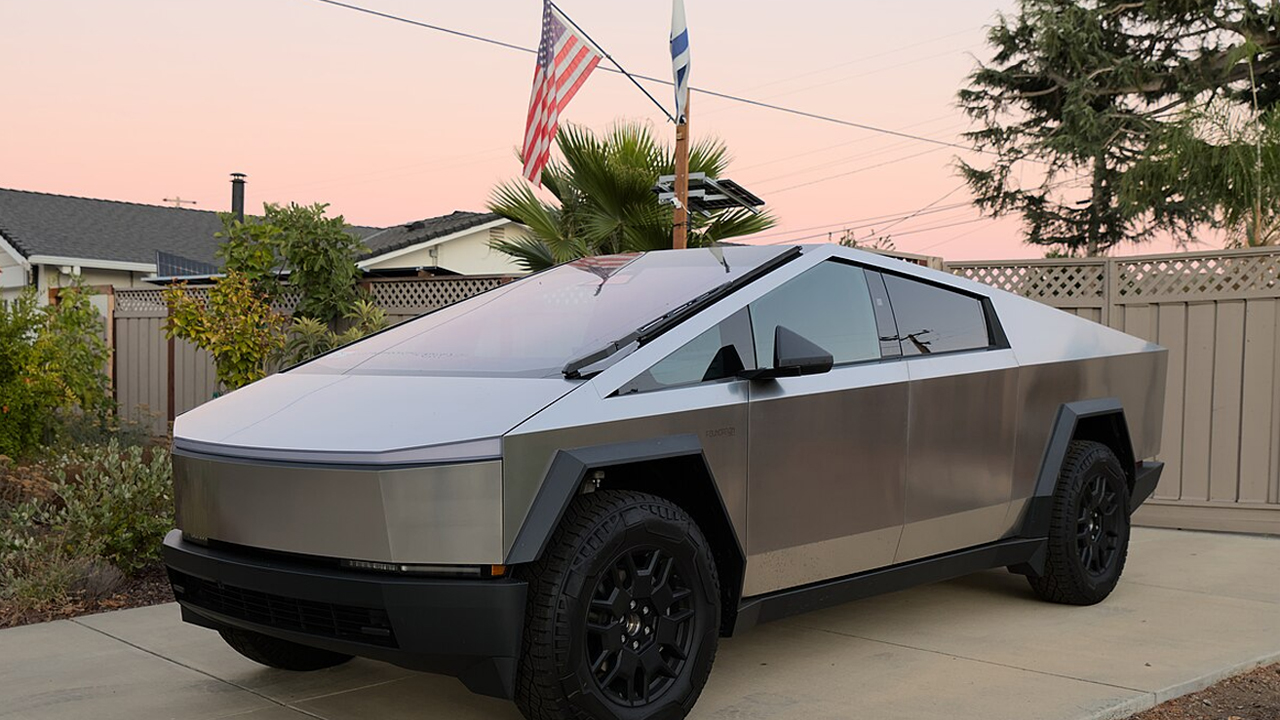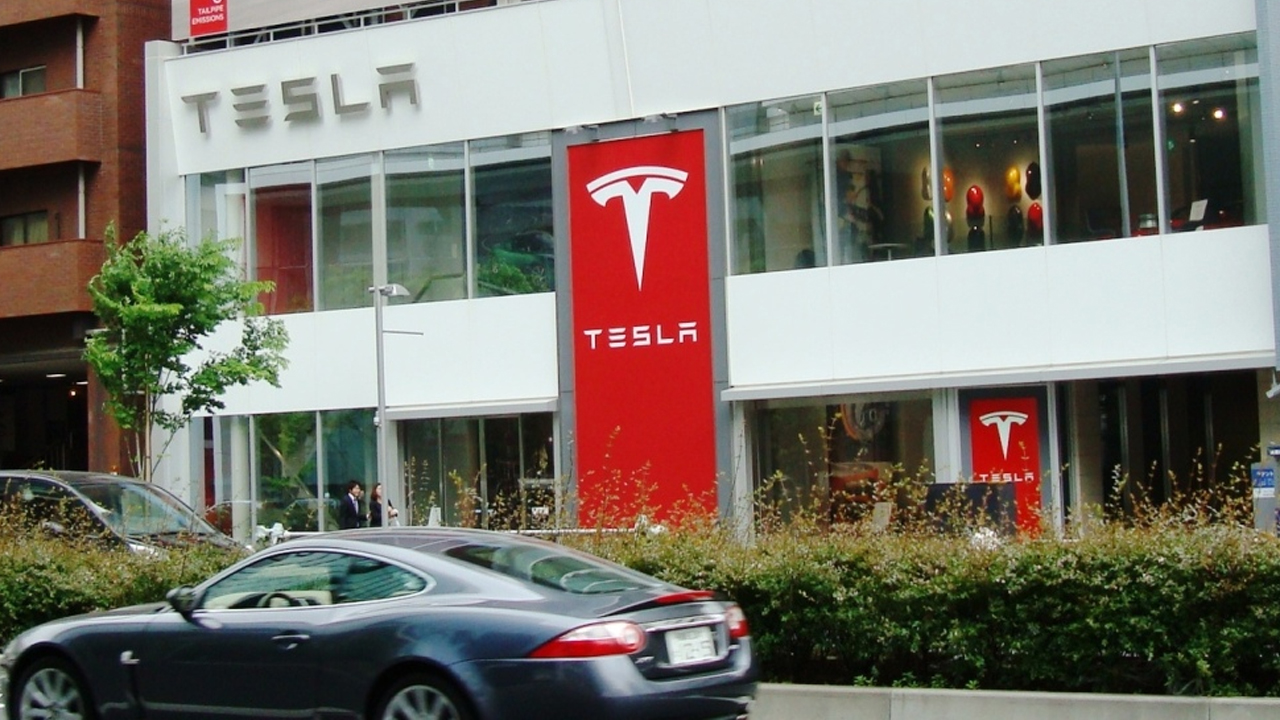Imagine pulling into a parking spot and having your electric vehicle (EV) fully charged in just three minutes—without ever touching a cable. This isn’t science fiction; it’s the reality being shaped by cutting-edge wireless charging technologies. Companies like WiTricity are at the forefront, developing systems that allow EVs to charge simply by parking over a charging pad, eliminating the need for physical connectors.
These advancements are not just about convenience; they’re about revolutionizing the way we think about EV infrastructure and addressing the challenges of range anxiety and charging accessibility.
The Technology Behind Wireless Charging
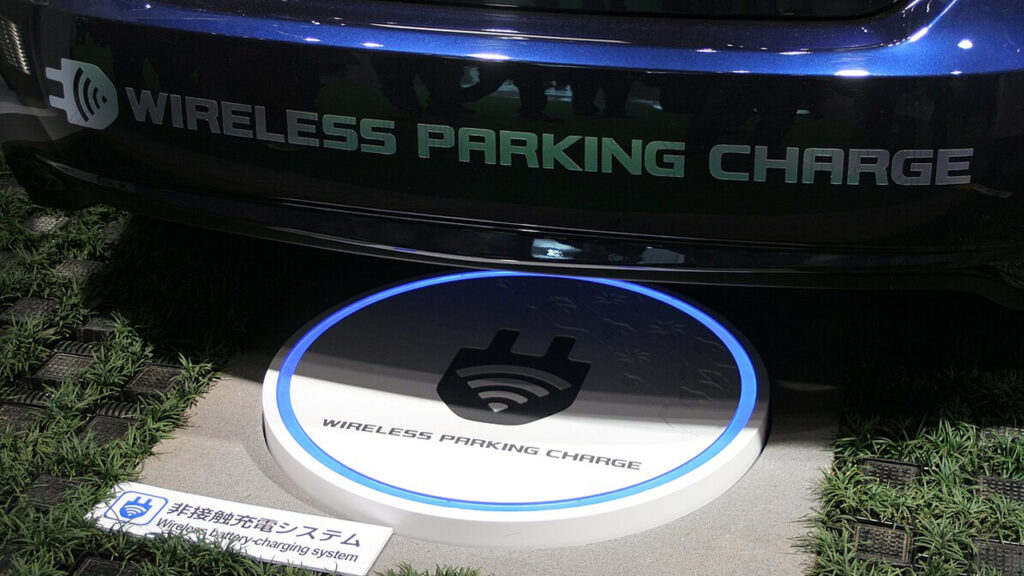
Wireless EV charging operates on the principle of magnetic resonance, where energy is transferred between two coils—one in the charging pad and the other in the vehicle. This method allows for efficient energy transfer without direct contact. WiTricity’s systems, for instance, have demonstrated end-to-end efficiency comparable to traditional plug-in charging.
Moreover, researchers at Oak Ridge National Laboratory have achieved significant milestones, demonstrating a 270-kilowatt wireless power transfer to a light-duty electric vehicle, setting a new benchmark for the industry.
Real-World Applications and Developments

Wireless charging isn’t limited to stationary applications. In Detroit, a quarter-mile stretch of road has been equipped with inductive charging coils by Electreon, allowing EVs to charge while in motion. This pilot project represents a significant step toward dynamic wireless charging infrastructure.
Similarly, InductEV has developed a system enabling electric buses to charge wirelessly at bus stops, delivering high-power energy within seconds and providing several miles of range for every minute the bus is stationary.
Challenges and the Road Ahead
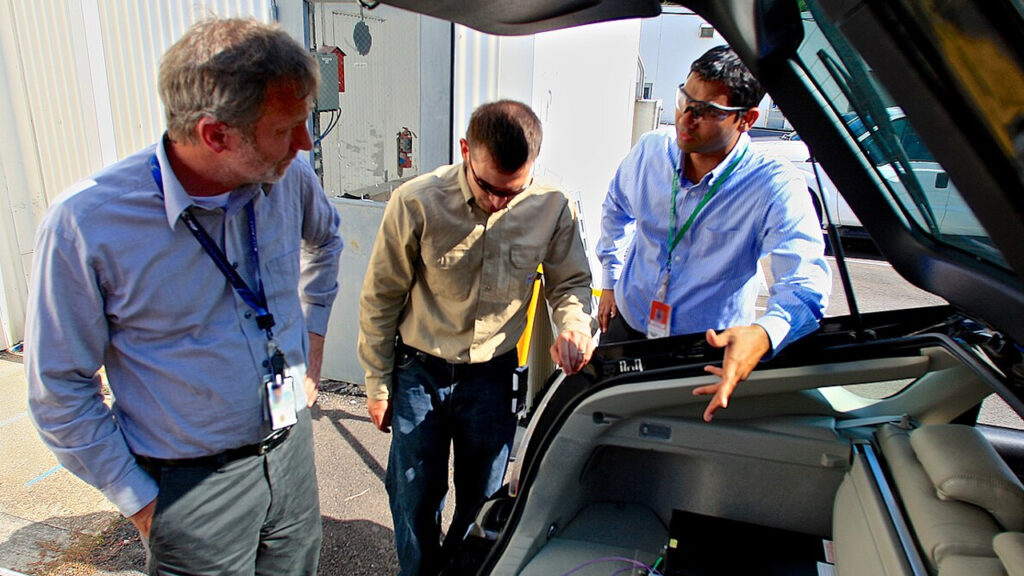
While the promise of wireless EV charging is immense, challenges remain. Standardization across different manufacturers and infrastructure compatibility are critical hurdles. Efforts are underway to establish universal standards to ensure interoperability and safety across various platforms.
Moreover, the cost of implementing such infrastructure on a large scale is significant. However, as technology advances and economies of scale come into play, these costs are expected to decrease, making wireless charging more accessible to the general public.
Could This Be the End of Charging Cables?

The advent of wireless EV charging technology marks a transformative moment in the evolution of electric mobility. By eliminating the need for cables and reducing charging times dramatically, these innovations promise to make EV ownership more convenient and appealing. As research progresses and infrastructure expands, the dream of effortlessly charging your vehicle in minutes—without plugging in—is swiftly becoming a reality.
